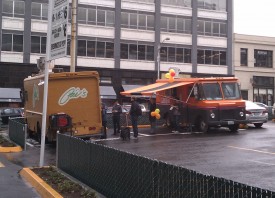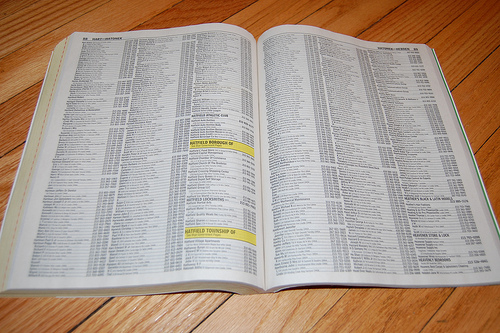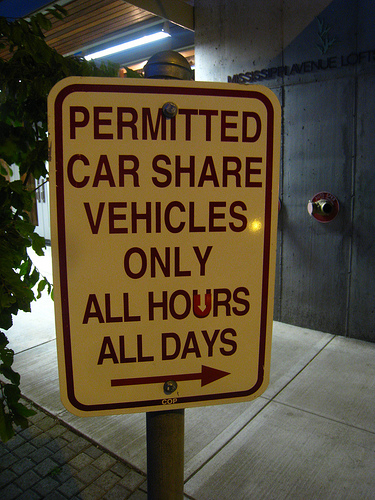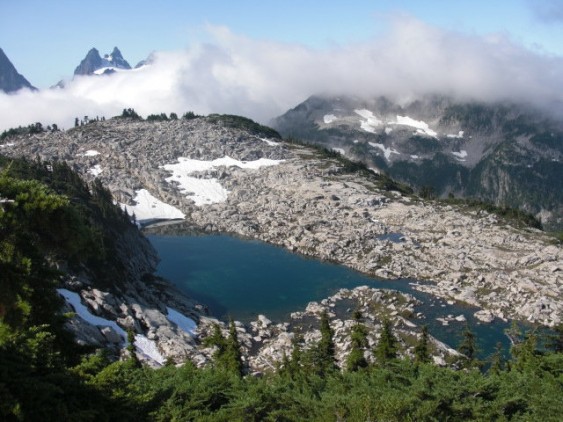Editor’s Note: We’ve followed up on this post here and here, documenting how many bans are actually void.
Elizabeth Morris and her family bought their house in the High Point neighborhood for a reason. “High Point is the City of Seattle’s premier ‘Green Community,’ having been touted internationally as such, as well as [for] mixing Seattle Housing Authority [SHA] rental properties and private home ownership,” she explained. It’s a compact, walkable, mixed-income, energy-efficient, green-built neighborhood peppered with bicycle commuters and rain barrels. So Morris was shocked to find that at High Point, clotheslines are banned.
“Homeowners have even been warned that it is illegal,” Morris said. “Not only are owners not allowed to save energy by hanging out laundry but those who rent from SHA (read: low income) aren’t allowed to save on their energy bills either.”
Like over 60 million other Americans and Canadians, Morris lives in a neighborhood governed by a homeowners association (HOA). These quasi-private governments, along with some apartment blocks and condominiums, are largely free to set rules as they see fit. Penalties for violations range from fines to forced expulsion. Imagine being banished by your neighbors for drying your clothes!
Clothesline bans are wrong headed, because line drying’s advantages are numerous. For one, anyone who hang dries will tell you that clothes last much longer: all that lint in your dryer filter has to come from somewhere! Benefits go beyond that, however: according to the Northwest Power and Conservation Council, households in the Northwest states use 4.3 percent of their annual electricity consumption to dry laundry. To put that into perspective, even our refrigerators only gobble up 3.5 percent. As the New York Times highlighted in an article last year, the typical US household could prevent 1,500 pounds of carbon dioxide from entering the atmosphere each year simply by turning off its dryer and hanging out the wash. Oh, and clotheslines never burn down your house; in the US alone, dryers cause more than 12,000 residential fires annually.











